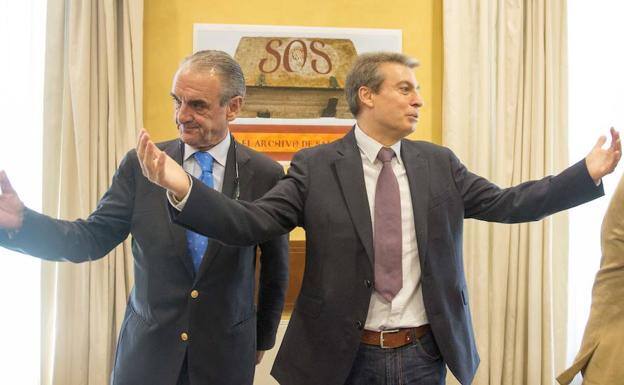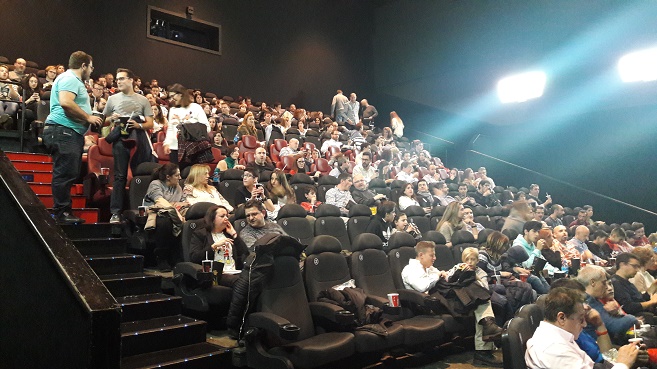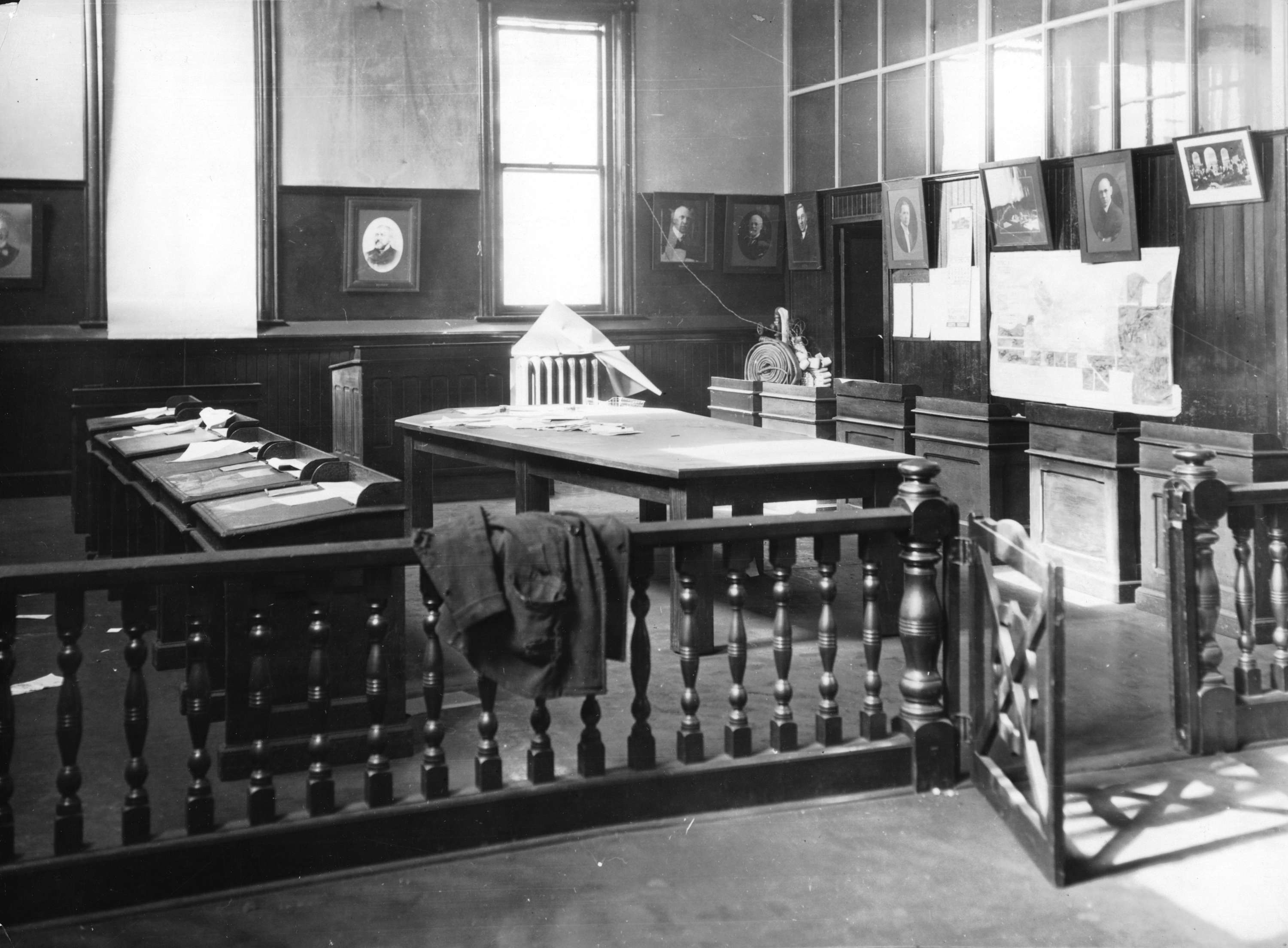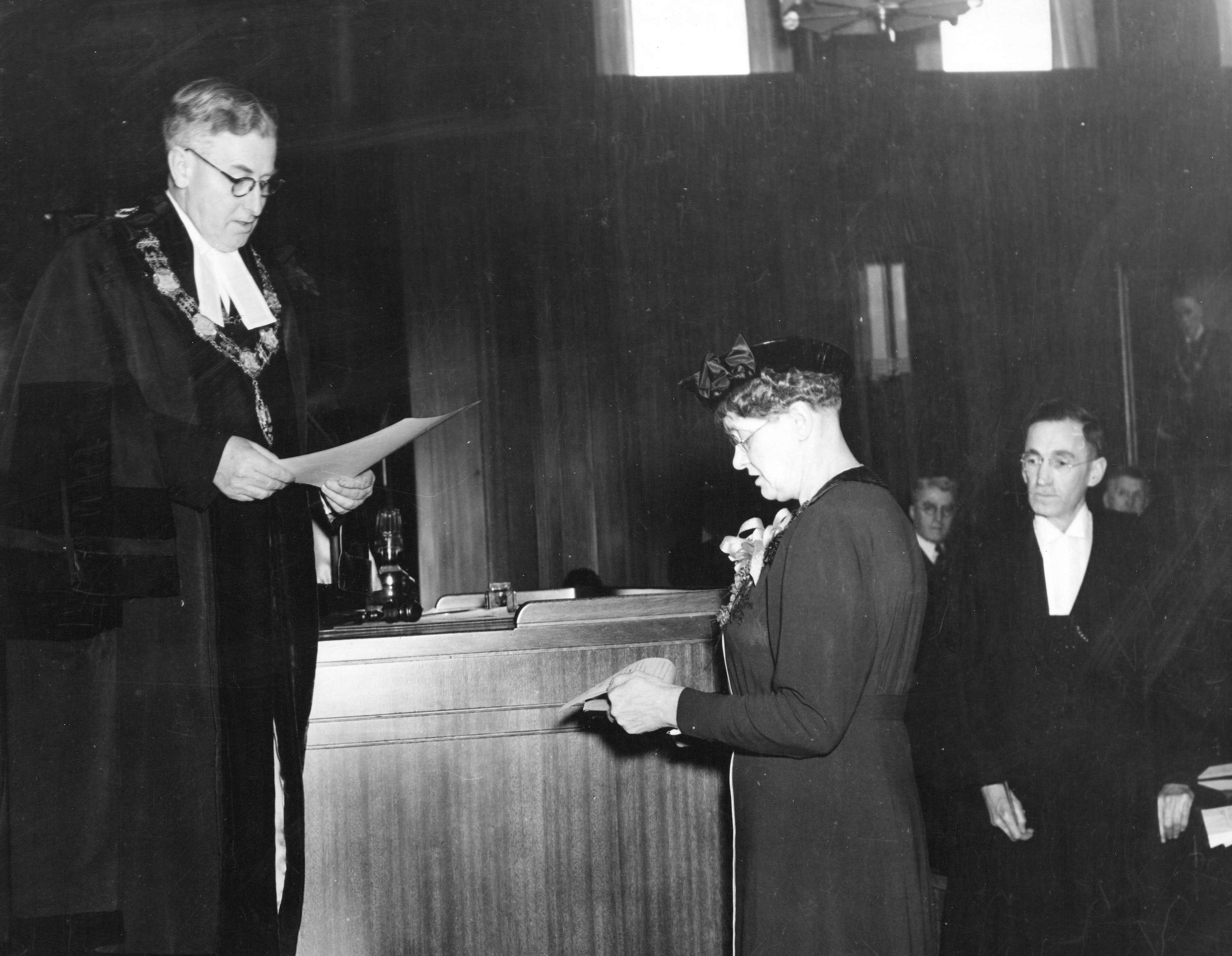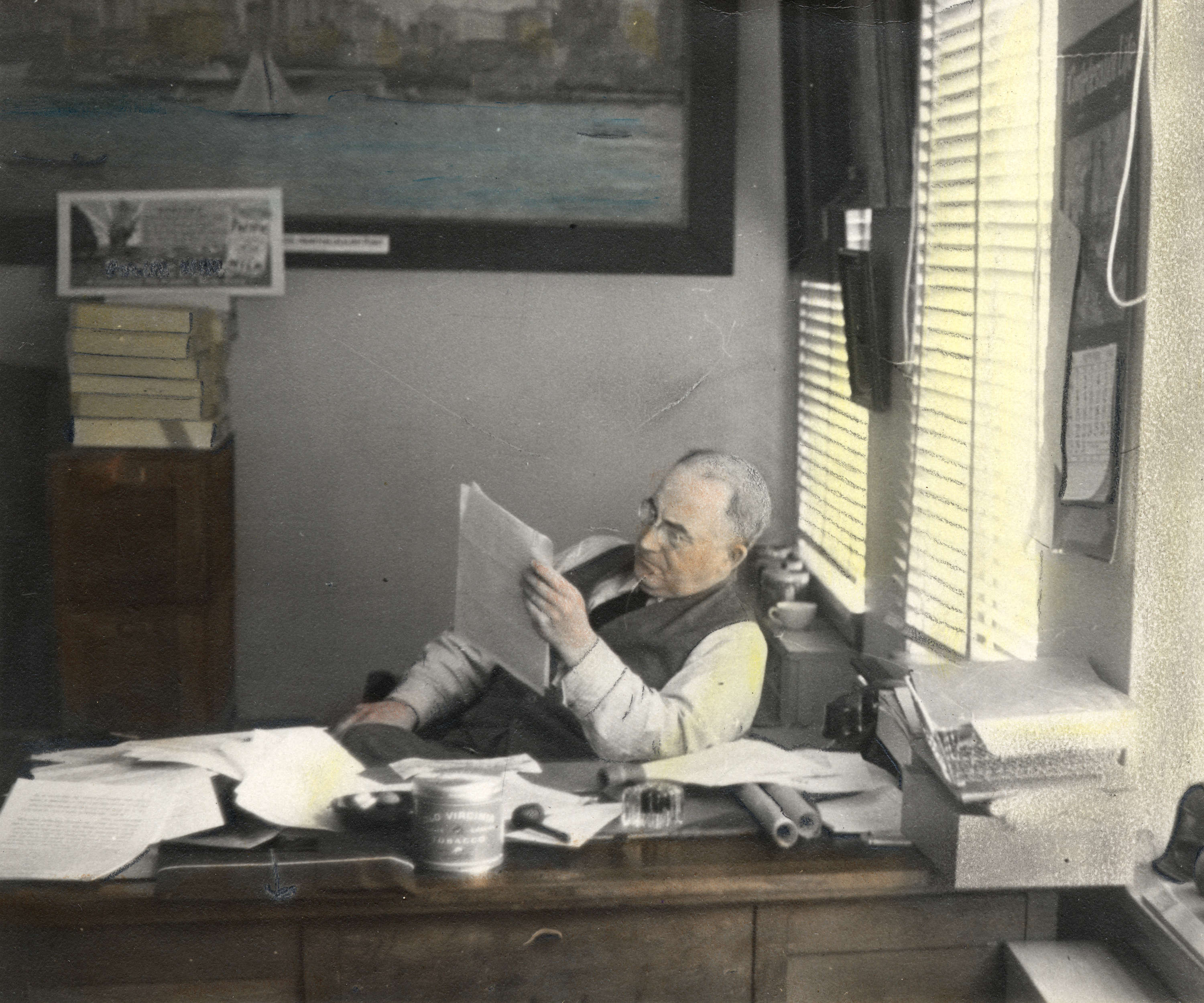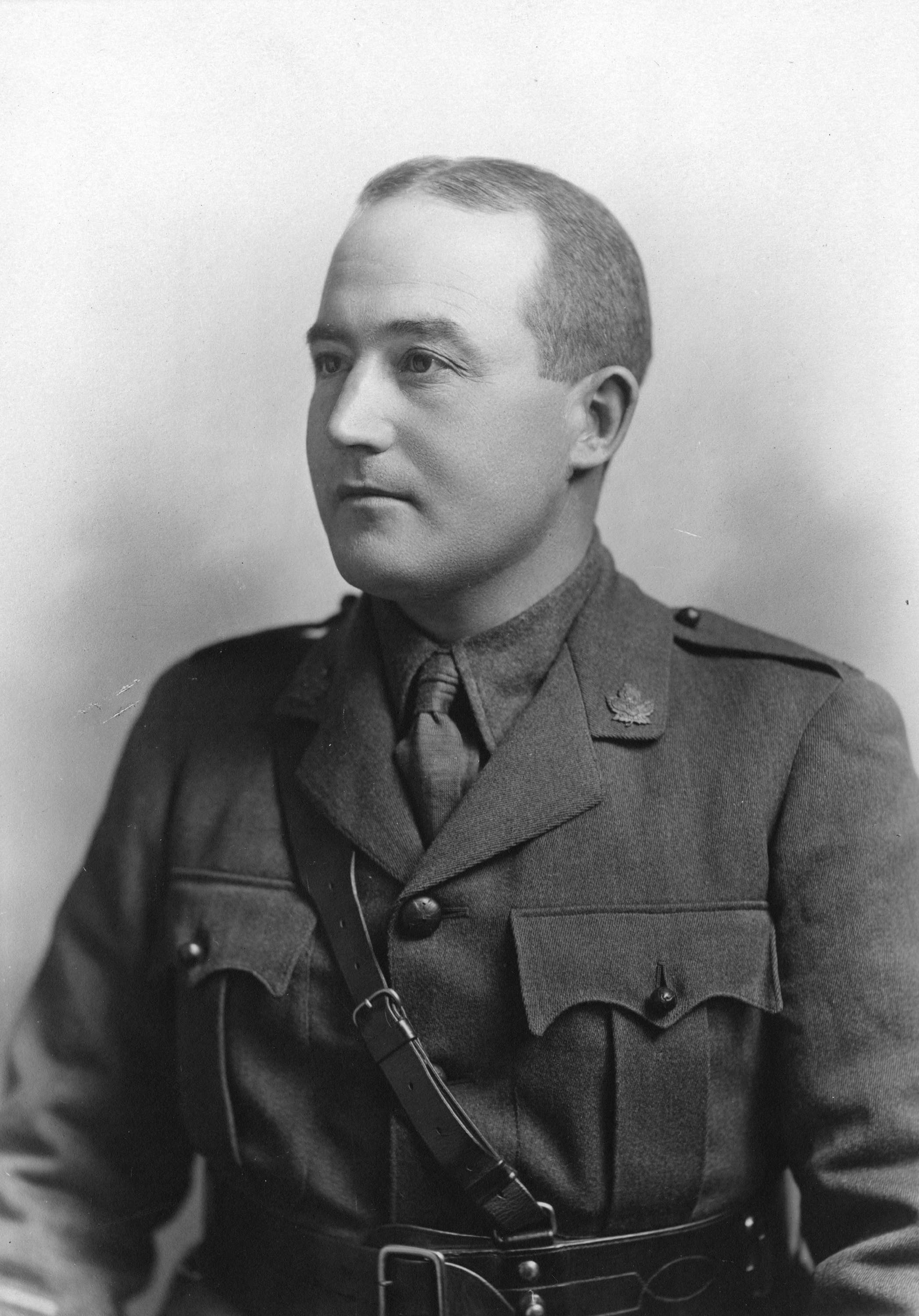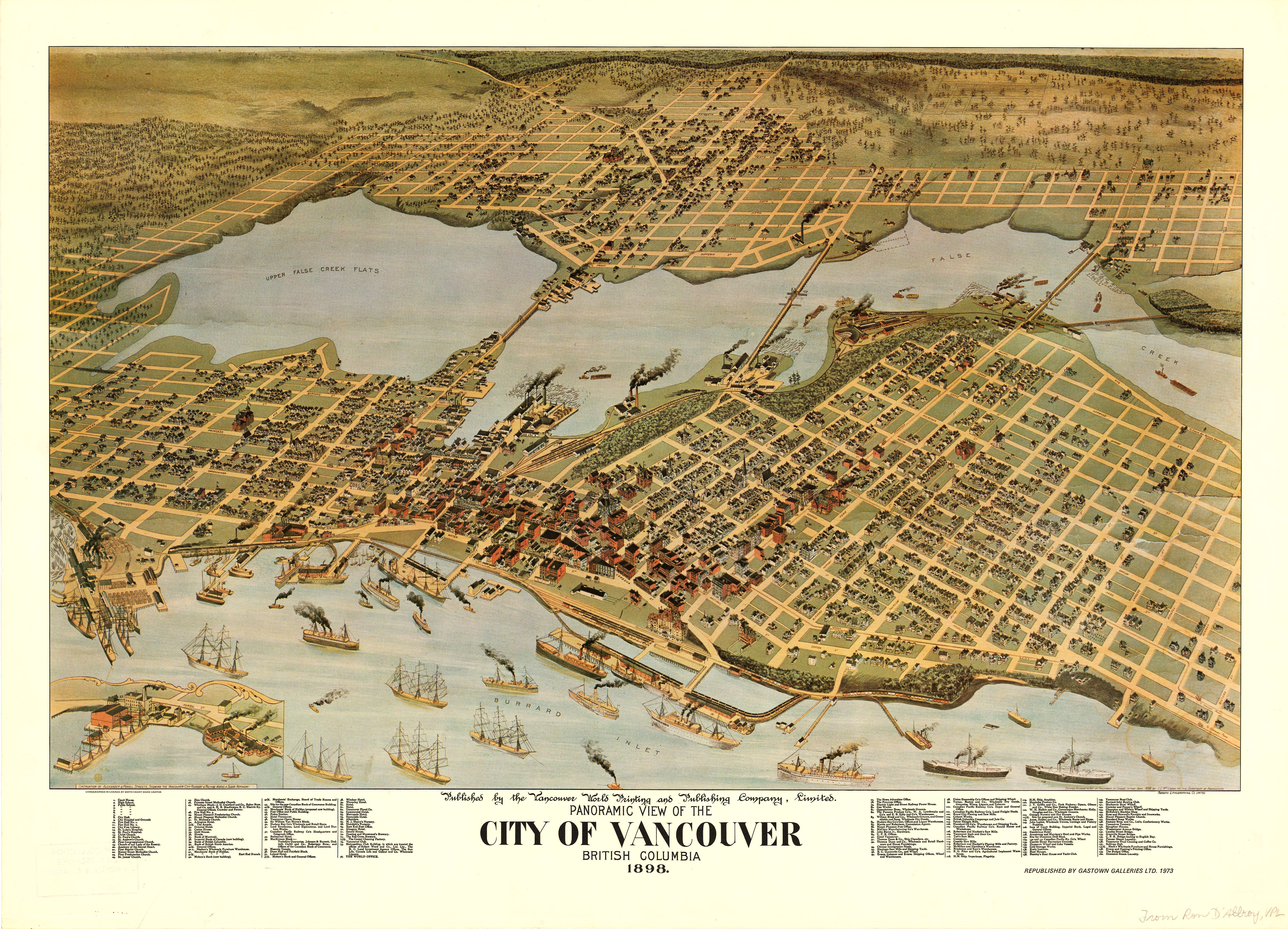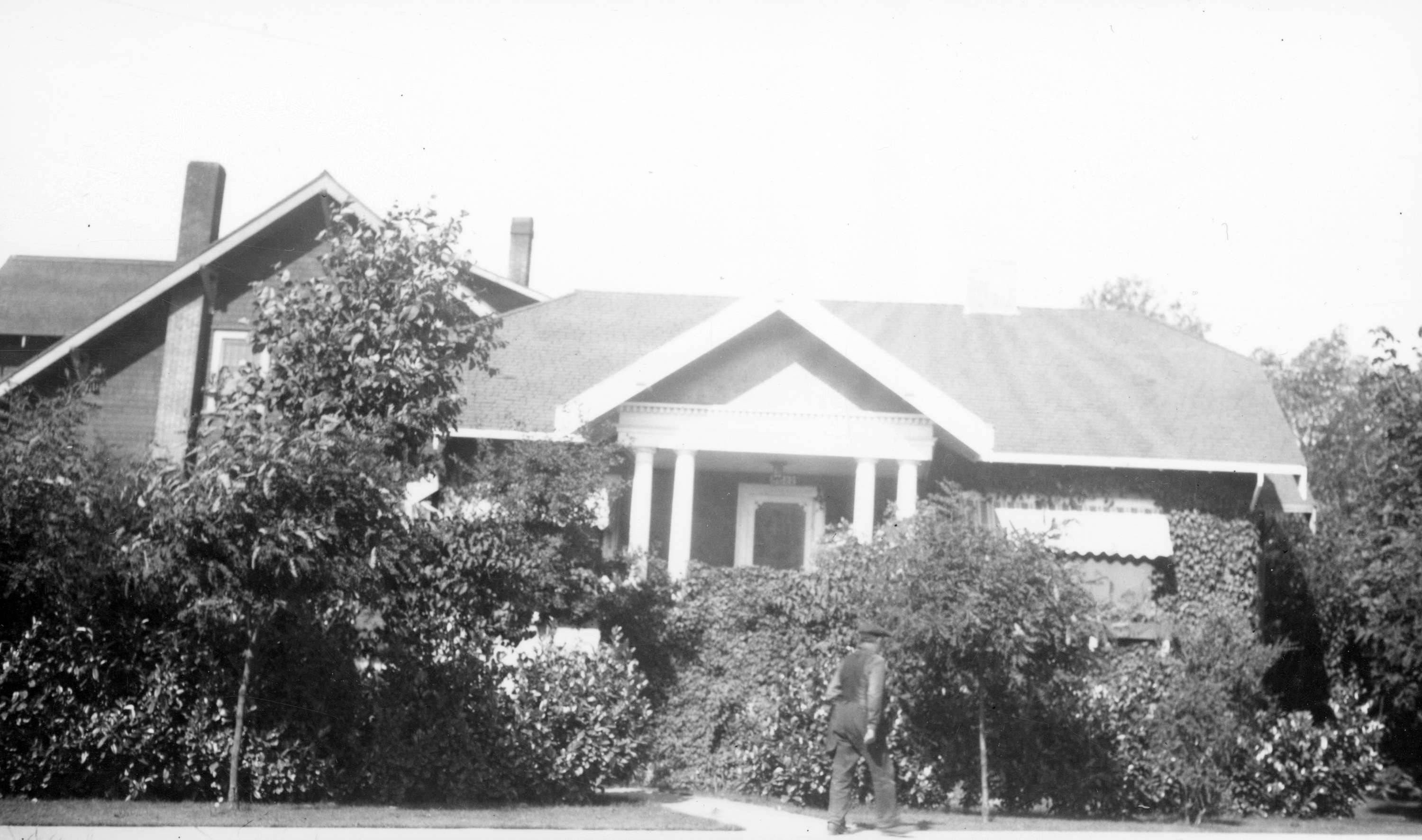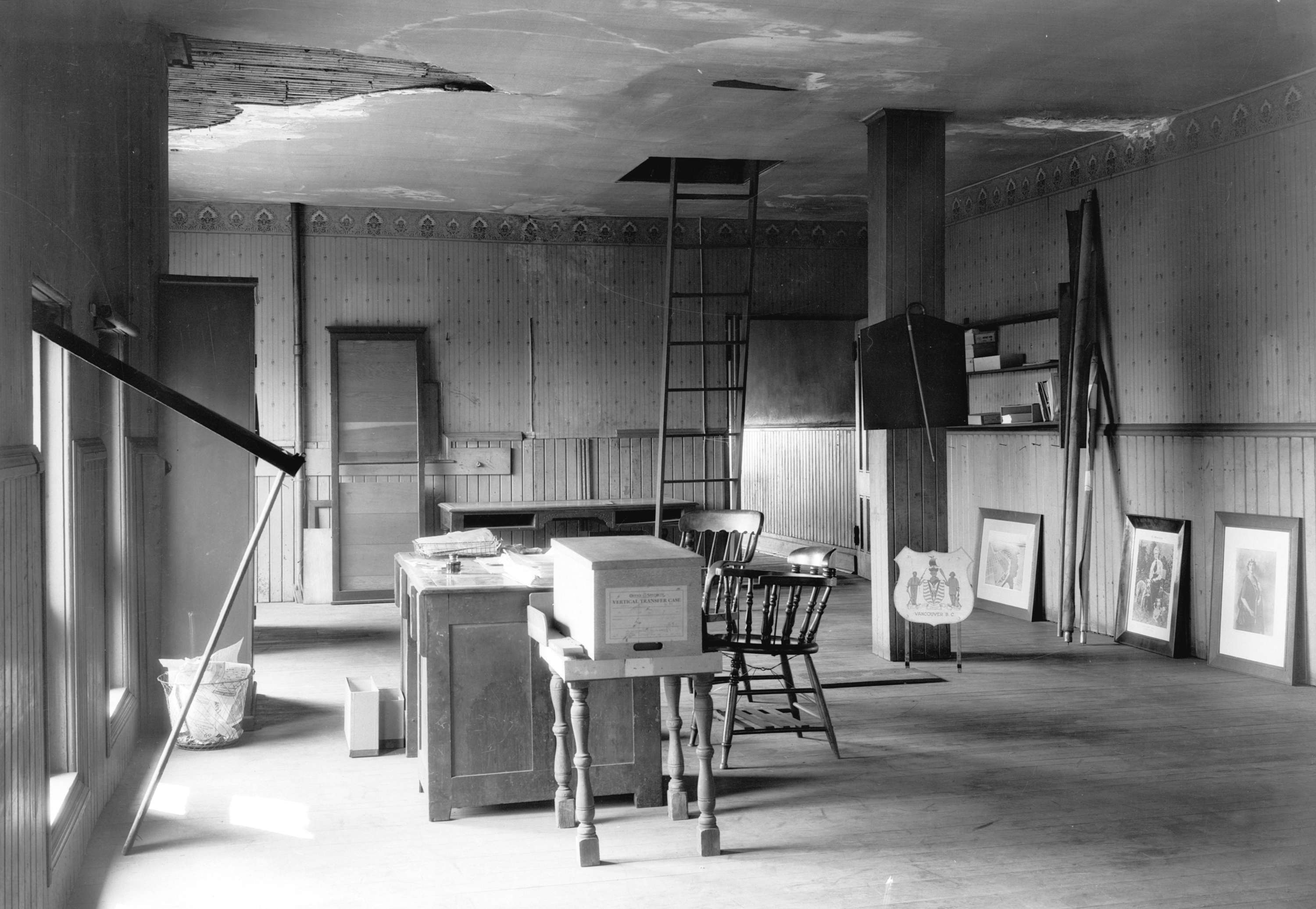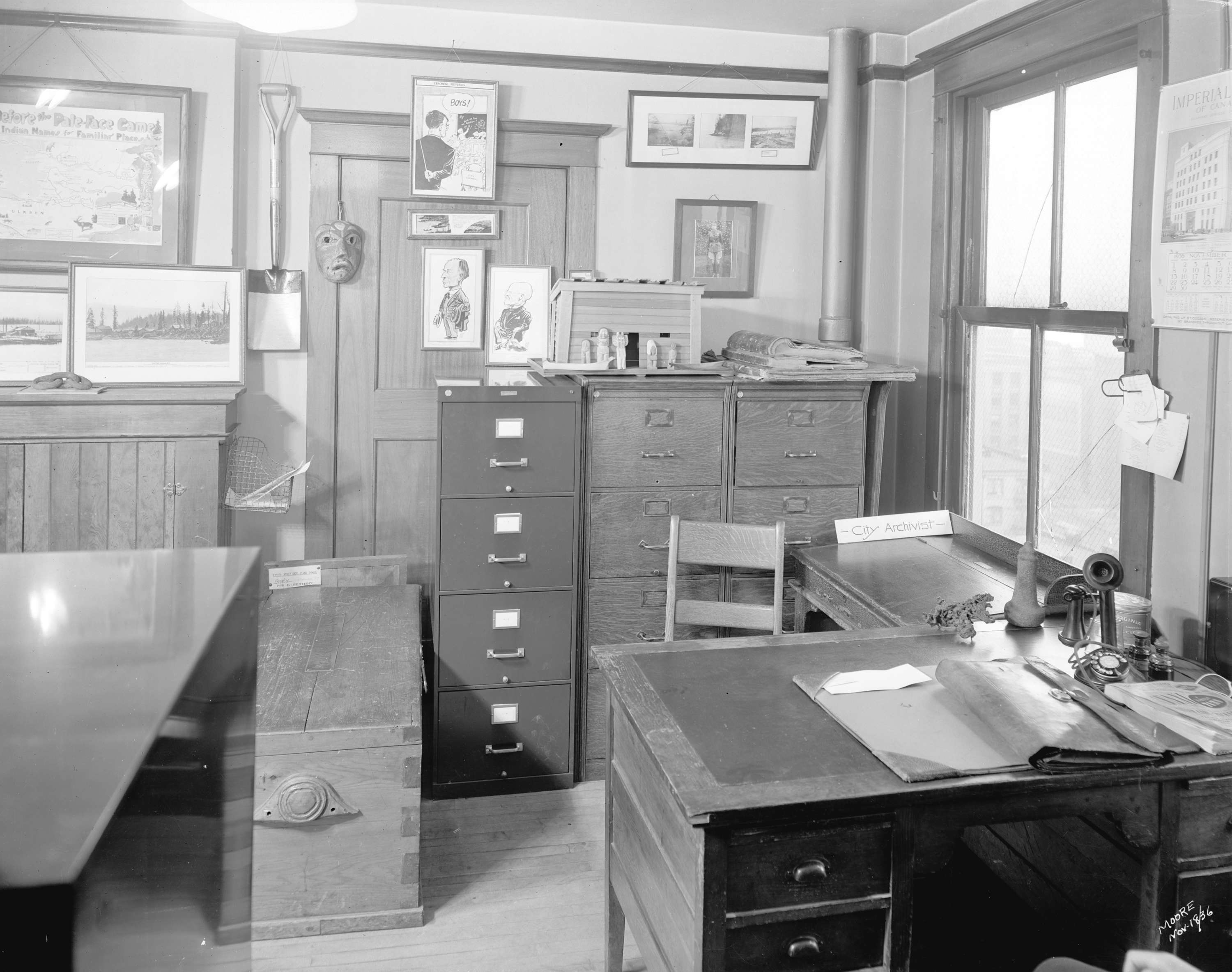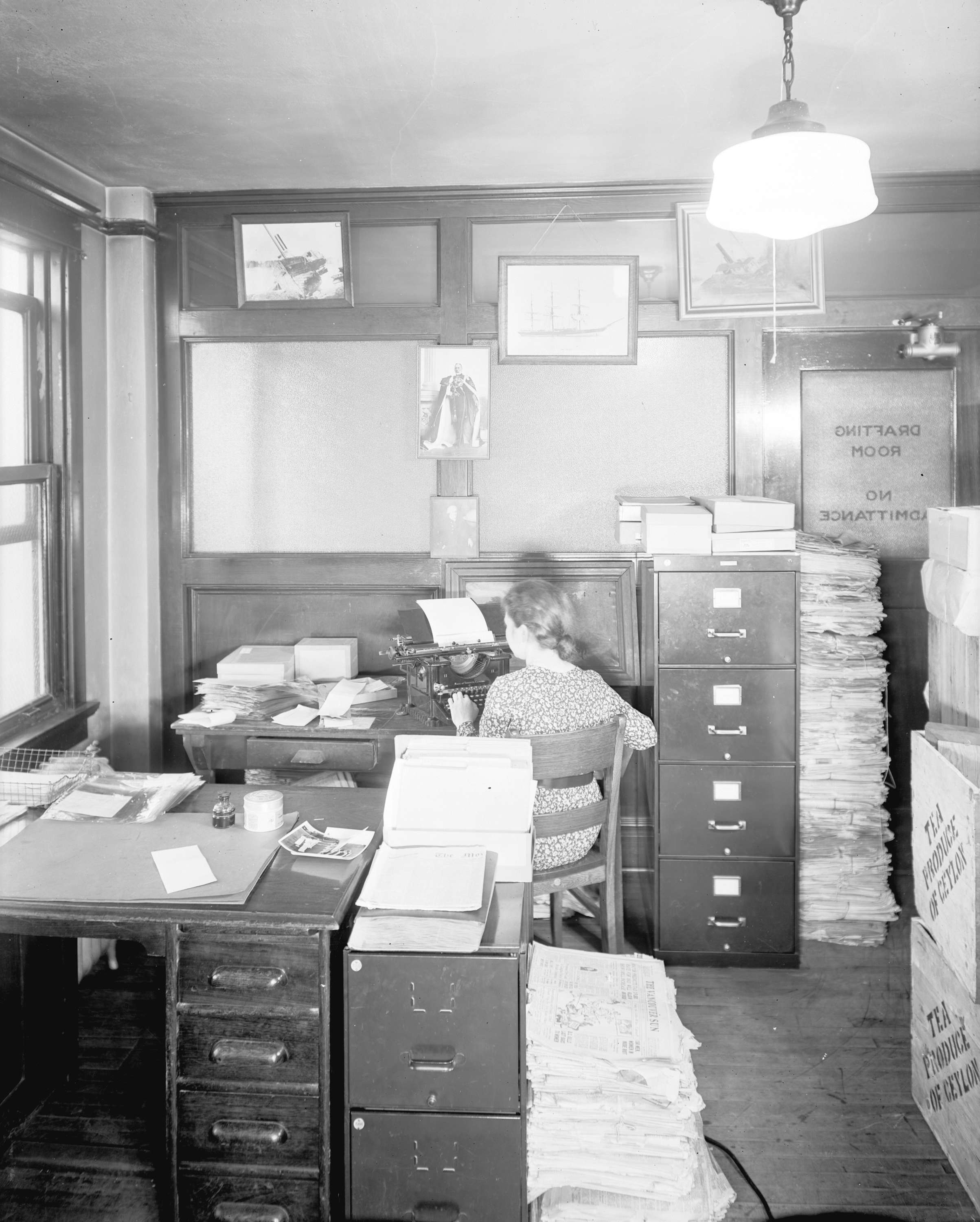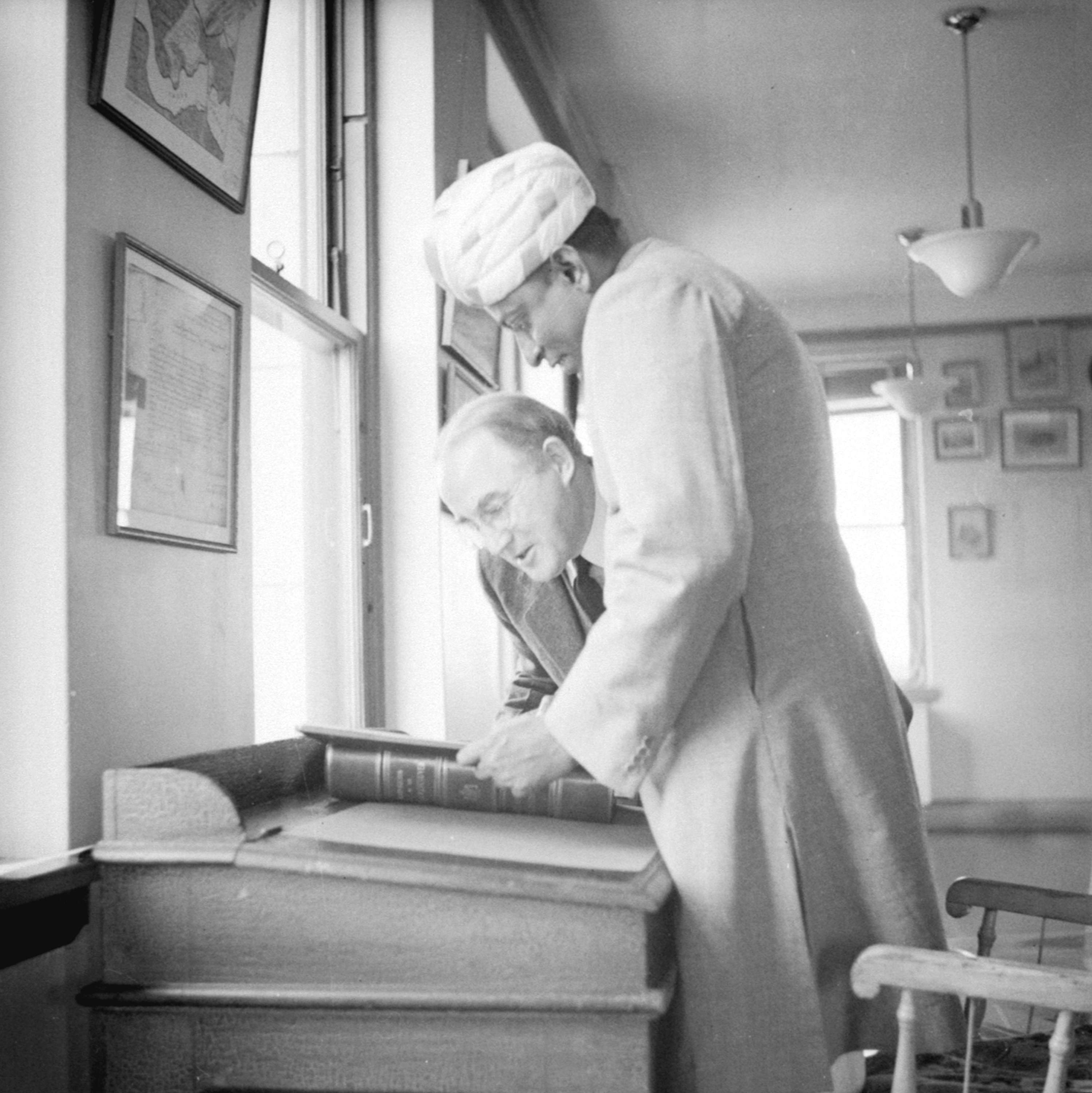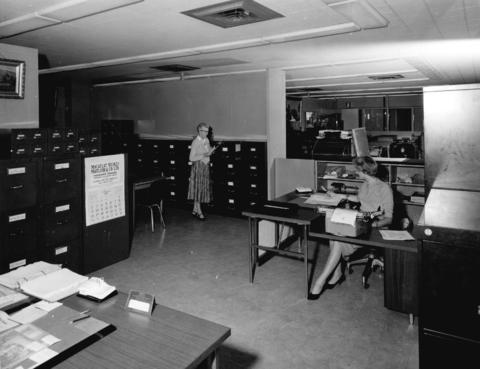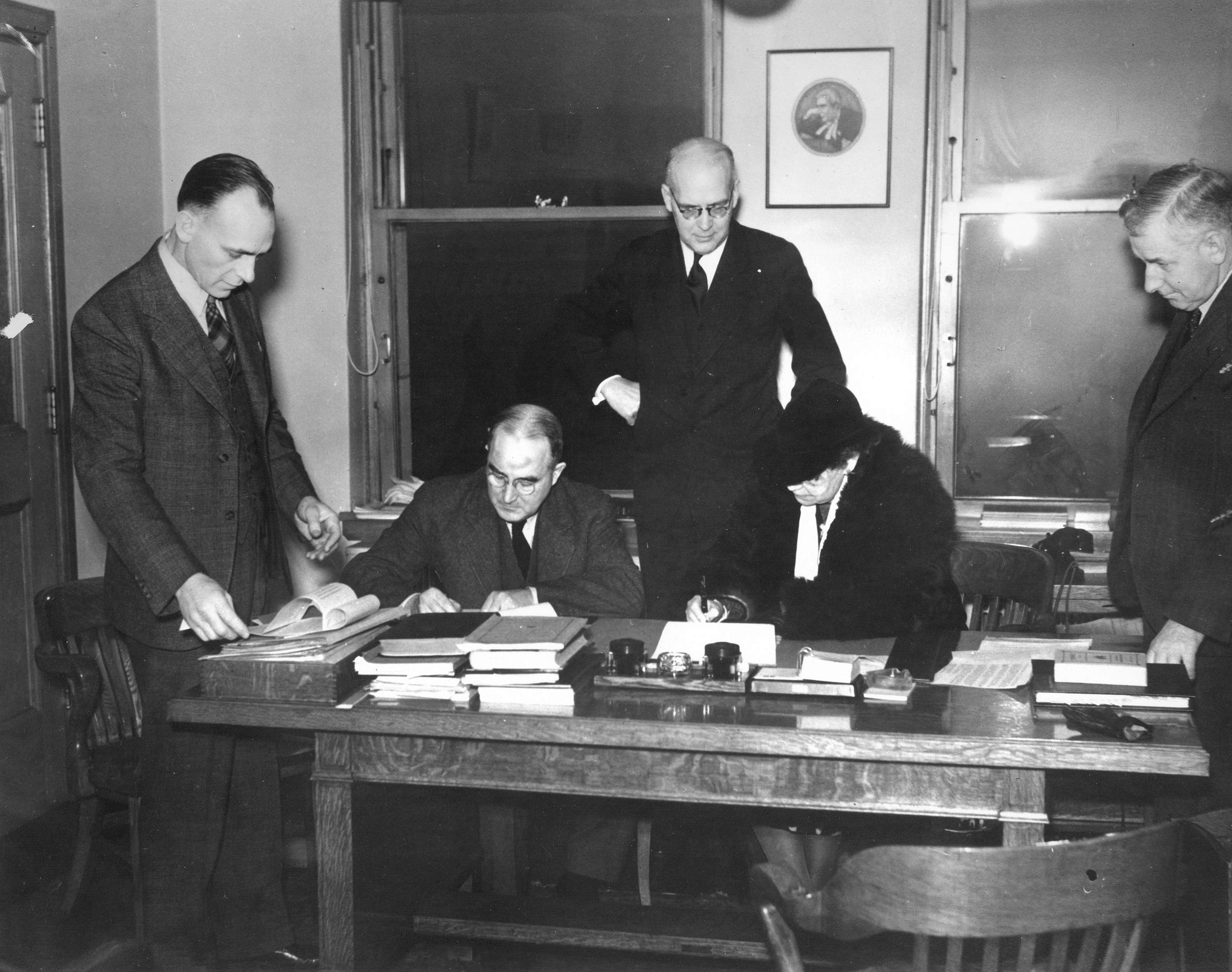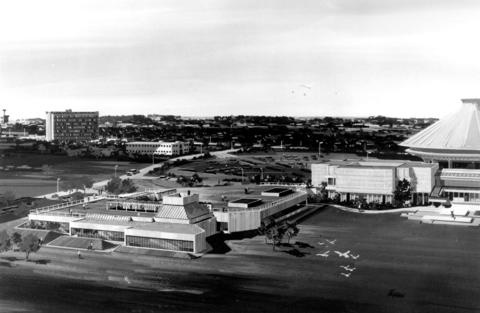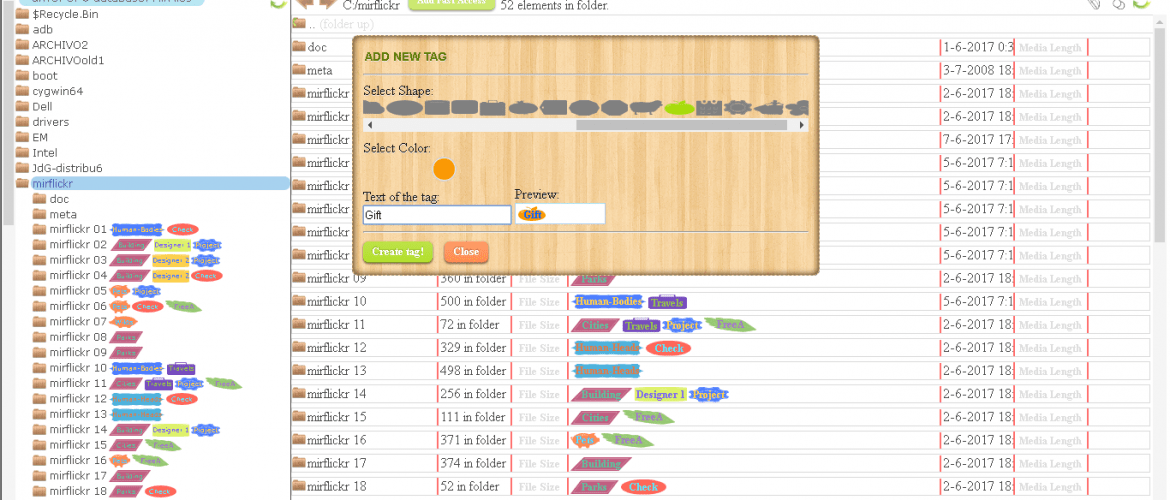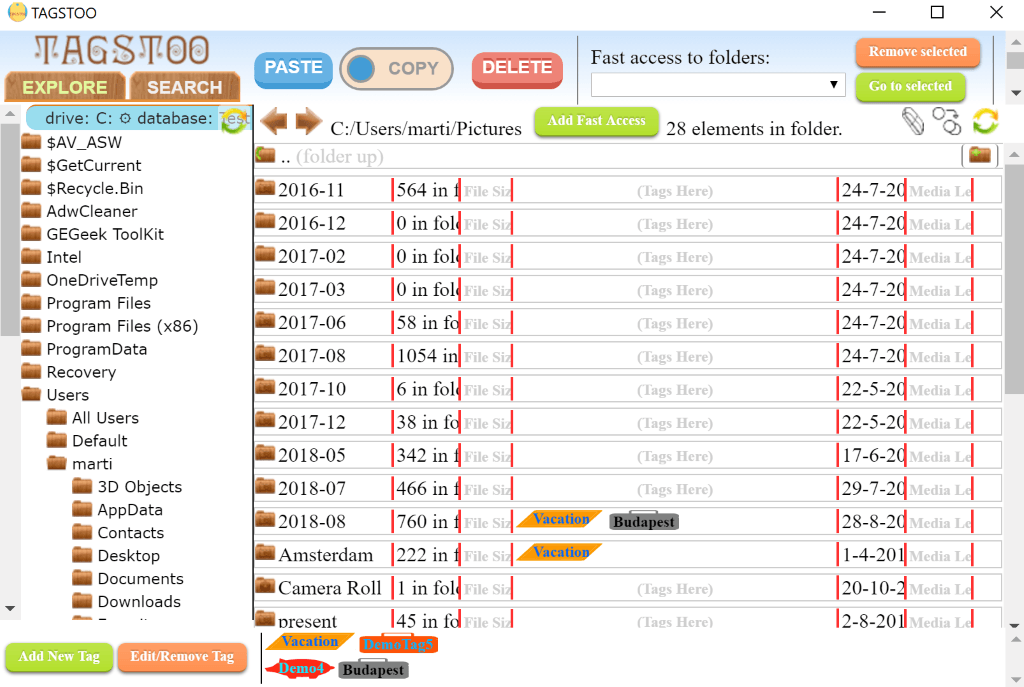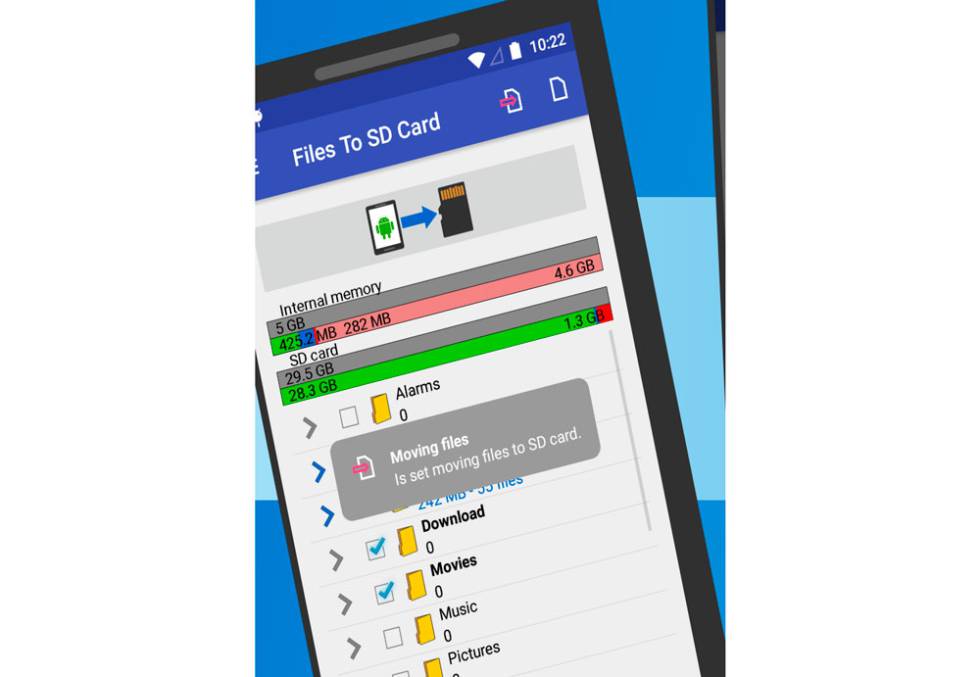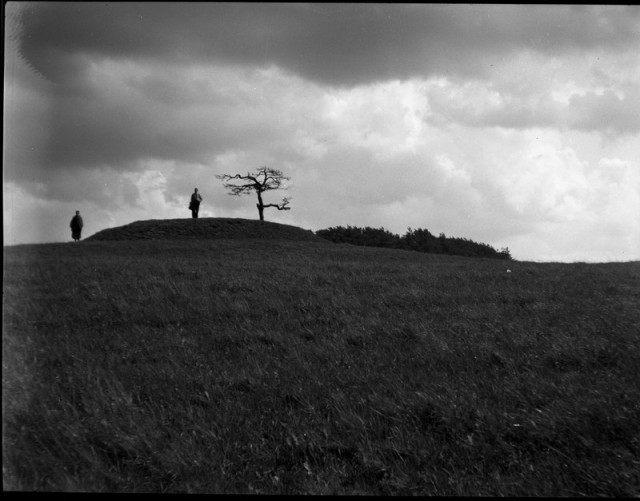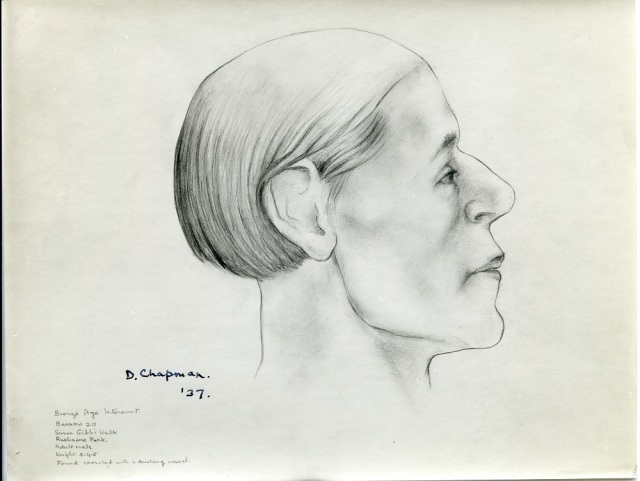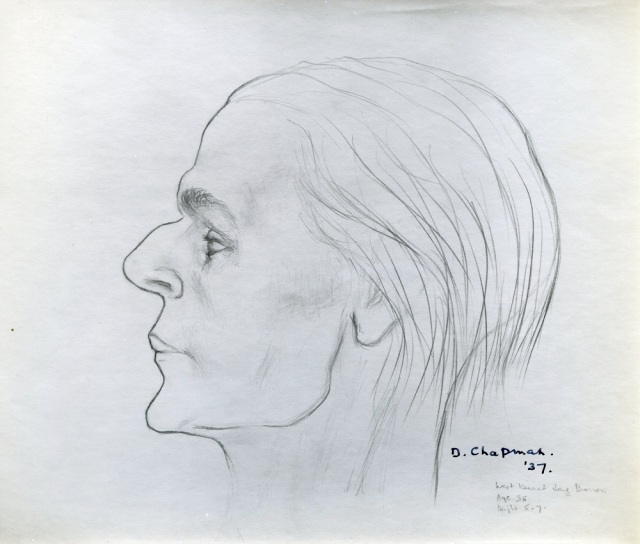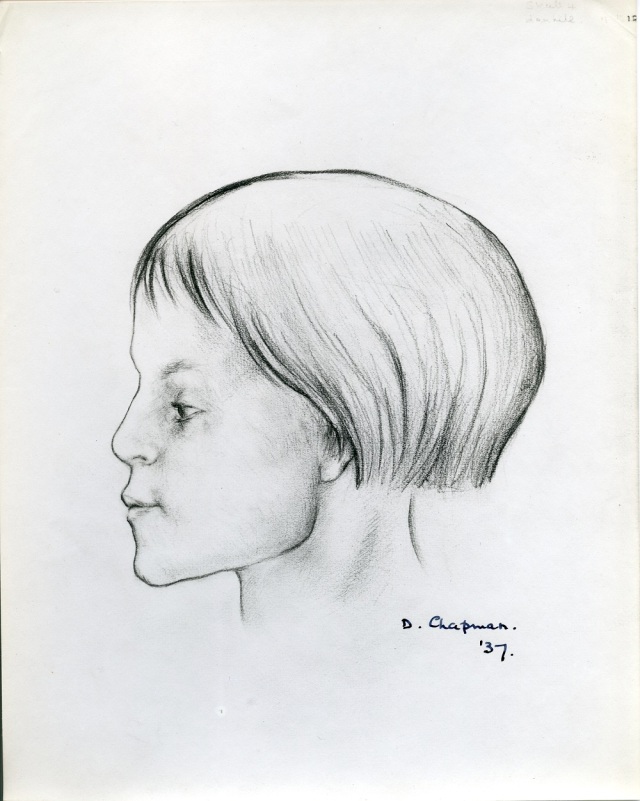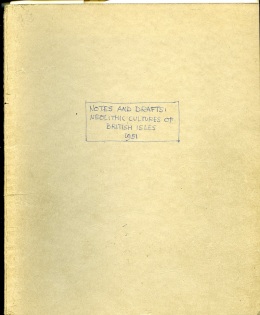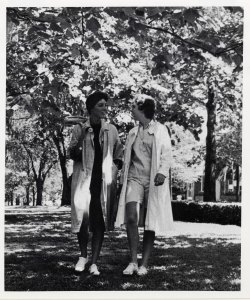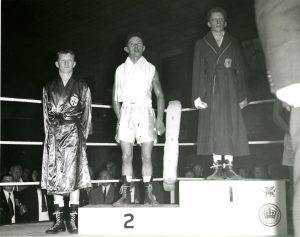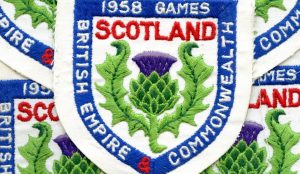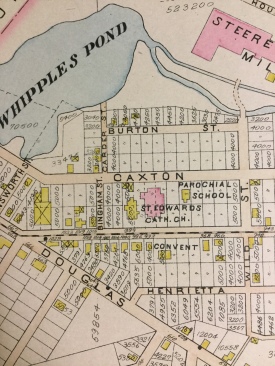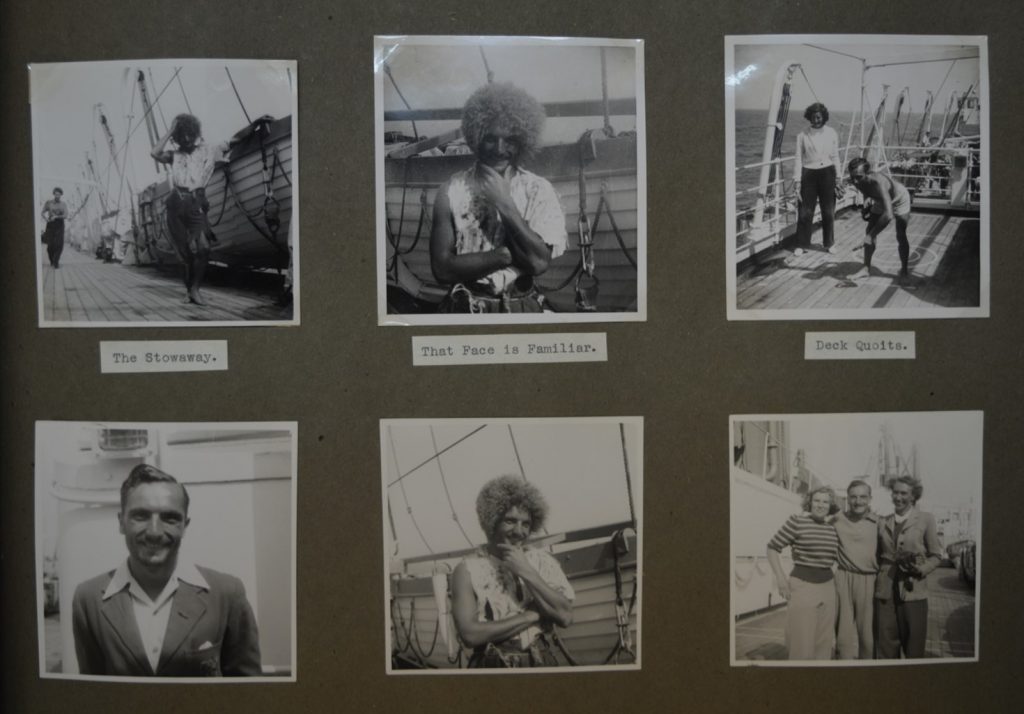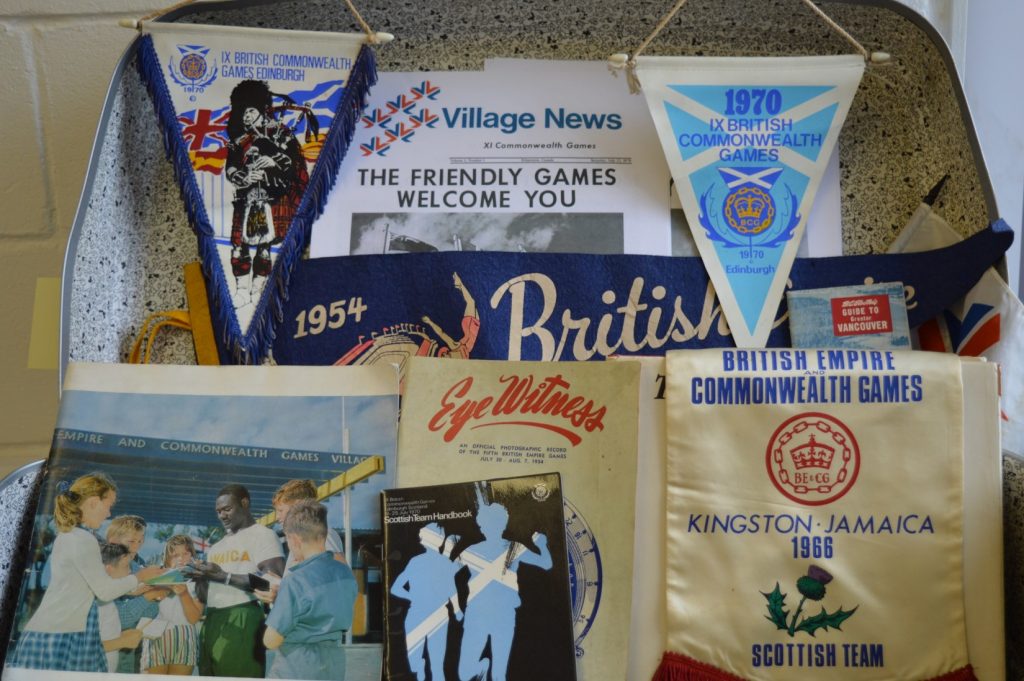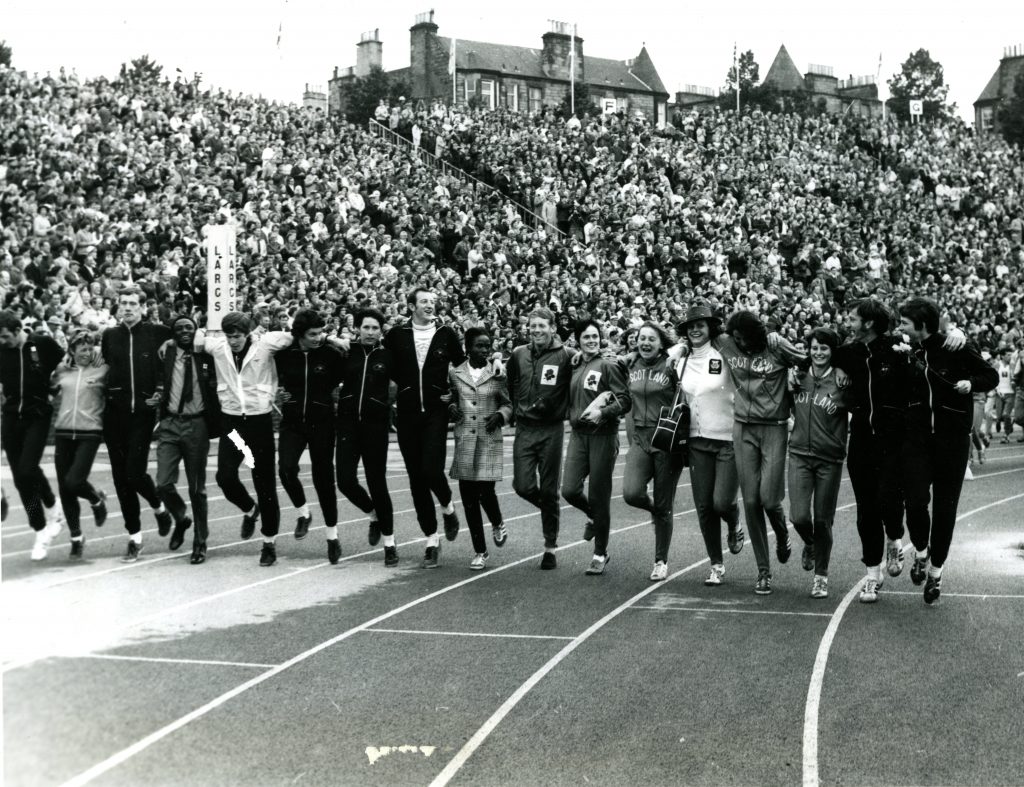A pounce of cats. A crash of rhinos. A gaze of raccoons. A prudence of vicars. A strength of Snells.
Whenever I think of the Snell family of Western Massachusetts, I think of collective nouns, especially the entertaining “terms of venery.” The Snells are such a distinct unit that they seem to demand their own term. There are a lot of them, so there are many lives to follow and stories to be told. And they’re tight-knit. Something — maybe it’s from those early days as a big family in North Brookfield – bound them together, even when some of them ended up on the other side of the country. So there’s a strength to them as a group, and that suggests their term, a “strength of Snells.” It’s not as colorful as “a murder of crows,” but it certainly describes the Snells.
 The Snells are of particular interest to us because of their links to Amherst College. If you’re even a little familiar with Amherst’s early history, you’re likely to have heard of Professor Ebenezer Strong Snell (1801-1876), known to his family as Strong. Strong was about 14 when his father, Reverend Thomas Snell, a trustee of Williams College, was meeting with other trustees to discuss whether Williams should move to Hampshire County, and Strong was a student at Williams College during the September 1818 “Convention of the Congregational and Presbyterian Clergy,” when his father participated in discussions about an institution of higher learning in Amherst. To make a long, complicated story short, a new college was finally formed in Amherst and Reverend Snell’s old friend President Zephaniah Swift Moore of Williams was chosen to lead it. Shortly thereafter, in September 1821, Strong Snell and a small group of students accompanied Moore from Williams College to Amherst to open the new institution.
The Snells are of particular interest to us because of their links to Amherst College. If you’re even a little familiar with Amherst’s early history, you’re likely to have heard of Professor Ebenezer Strong Snell (1801-1876), known to his family as Strong. Strong was about 14 when his father, Reverend Thomas Snell, a trustee of Williams College, was meeting with other trustees to discuss whether Williams should move to Hampshire County, and Strong was a student at Williams College during the September 1818 “Convention of the Congregational and Presbyterian Clergy,” when his father participated in discussions about an institution of higher learning in Amherst. To make a long, complicated story short, a new college was finally formed in Amherst and Reverend Snell’s old friend President Zephaniah Swift Moore of Williams was chosen to lead it. Shortly thereafter, in September 1821, Strong Snell and a small group of students accompanied Moore from Williams College to Amherst to open the new institution.
Strong’s senior year therefore took place at Amherst College. Many decades later, he reminisced, “I was the first individual ever admitted to Amherst College. For Dr. Moore, having heard my examination at Williams College, received me, without requiring another examination, which was the case with no other.”* Strong was one of two students to graduate in the first class (a third having left before the end of the year). His father, Reverend Snell, continued to support the new college by participating in President Moore’s inauguration ceremony and serving for 33 years on the Board of Overseers of the Charity Fund, 15 of them as Secretary. Given this history, it would not be surprising if both Strong and his father were deeply attached to the College and if Reverend Snell regarded it as one of his children.
Reverend Snell’s children – the human ones – numbered ten. Thanks to a 2017 gift of 24 daguerreotypes and an accompanying genealogical chart, we can see this founding family of Amherst College as they were in the early era of photography. There are even daguerreotypes for the houses occupied by each of the married Snell couples. The gift was from Susan Burr Snell, a great-great-granddaughter of Reverend Snell’s youngest son, William Ward Snell, who was born in April, 1821, as the first Amherst College building, South College, was being completed and in the year Amherst College opened its doors. What makes the gift even more extraordinary is the fact the daguerreotypes were taken by William Snell. In the two photographs below the genealogical chart halves are arranged against the corresponding daguerreotypes:


A founding family. Note that nos. 9 and 22 are the same daguerreotype (numbered 9); that there is no daguerreotype for one member of the family (Sarah) who died before photography was available; and that #19, the daguerreotype for Lewis Thorpe, is missing. There were also two sons, Samuel and Edward, who died early.

A camera obscura. Image from the “American Cyclopaedia” vol. 3 (George Ripley and Charles A. Dana).
So how did young William Snell (visible in daguerreotype number 15) come to be a photographer in an era where photography was still new? His biography has not been written – it exists in pieces here and there — and he has been entirely unknown to historians of photography.**
Several sources (listed below) have brief entries for William, including one or two that quote him. From these sources, we know that William spent time (maybe a year or so) working at Otis Tuft’s machine shop in Boston. Since Boston had several practicing daguerreotypists who taught others, he most likely learned the art there. The influence of his older brother was probably involved as well – we know from a letter of April, 1829, that Strong had a camera obscura that William had access to.

Strong Snell to his family, April 1829: “One thing more, and I must stop for want of time. I should like much to have at Amherst the principal parts of my “Electrical Machine,” and my “Camera Obscura Box”…The Box (Camera Obscura) is one, and I should be glad of the whole.”
An as-yet unpublished “Rushford History of Churches, Schools, and ‘Movers and Shakers’” provides some important details and is the most specific source for the years of William’s travel as an itinerant daguerreotypist:
“At age 22 he learned the newly discovered art of photography, and being in delicate health [this is borne out by the letters in the Snell Family Papers], became an itinerant daguerreotypist. In this capacity he traveled for three years [1843-46] visiting nearly all the states in the Union, but devoting the greater part of his time to Illinois, Kentucky, Tennessee, Mississippi, Alabama and Carolinas.”
In an e-mail about the gift of daguerreotypes, Susan Snell, William’s descendant, wrote that William “took photos of southern belles so that they could be shared around the neighborhood in hopes of finding a husband.” In fact, Susan’s gift contains a daguerreotype of a Southern girl that William retained from among those he took for customers, along with an explanatory note. The note, from an interview in 1900 between William and his son William Emerson Snell, records that the daguerreotypist was offered ten slaves by the girl’s mother if he would marry her. “I relinquish my claim when you make yours,” the mother told him. As an abolitionist, the note says, he was shocked at the offer. Since he remembered it more than 50 years later, the occasion clearly made an impression.

“A Southern girl.” This daguerreotype shows a backdrop that would be very typical for an itinerant daguerreotypist. The tablecloth shown here appears in a daguerreotype of a family member (not included in this post), suggesting that Snell carried this particular tablecloth with him and that its pattern could be used to identify at least some of his daguerreotypes. Note that there are several different cloths in the daguerreotypes of family members shown above, some specific to a couple and probably from their own homes.
The Rushford History continues: “In 1846 he returned home with improved health taking charge of a garden near Boston for two years [a letter in the collection suggests that it was his sister Tirzah’s in Brookline], then entered into a machine shop at Lawrence, and became a machinist by profession, as he was by the strong bias a mechanical genius. William has been credited with the invention of the principle of the mechanical knotter or twine binder, which he sold to Appleby who made improvements and revolutionized American agriculture.”
A letter from Strong to his sister Tirzah Emerson in spring of 1847 confirms that William was back in Massachusetts but was still trying to determine what he would do for work – by this time he had decided he didn’t want to farm. Working as a machinist seems to have been a temporary solution for him, but he still felt unsettled.
At the same time, the Snell family was approaching the celebration in 1848 of Reverend Snell’s 50th anniversary as pastor of the North Brookfield Congregational Church. There were plans for family members to gather for the occasion, and it seems likely that many of the daguerreotypes above were taken during this period. However, evidence in Strong’s letters suggests that the Porters in Illinois couldn’t attend the celebrations, so the daguerreotypes of the Porters were probably taken toward the end of William’s earlier travels and after March, 1845, when the Porters moved to Hadley, Illinois. One or two others – such as the Rushford cabin — must date from even later since William only moved to Minnesota in 1855. During all the time that he was a daguerreotypist he seems to have used the same camera lens, one more suited to portraits than to landscapes.
In late 1850 William married Jane Fay of Vermont, and in the spring of 1855 he left for Minnesota, where he staked a claim to land in the new town of Rushford. Jane followed him there a short time later. In Rushford, William found the preacher in himself, no doubt reaching back to what he learned from his father. The family remained in Minnesota until the late 1880s, when they moved to California. William Snell died there in 1901.

The southeastern area (Dakotah territory) of Minnesota. William Snell settled in Rushford, located in the lower right section, a bit below the “t” in “Hokalt.” Map detail from “Chapin’s New Ornamental Map of the United States” (1853) from the David Rumsey Historical Map Collection.
Knowing that William Snell took the daguerreotypes above also demonstrated that he took several of the daguerreotypes that have long been at Amherst College as part of the Snell Family Papers. These daguerreotypes were taken at the same sitting as the ones we received from Susan Snell, or very close in time. In each of the comparisons in the slideshow below, the additions from the new gift are on the left and the daguerreotypes that have been at Amherst for several decades are on the right. Notice the subtle differences between the daguerreotypes for each individual. (Click on any image to see the slideshow.)




One of William’s daguerreotypes of Strong is also curious in that it shows him with equipment (as yet unidentified –if you know, please tell us) and two books, one of which supports a section of the unidentified equipment:


Strong’s books and equipment. Image flipped.
As a dedicated nosey parker (or an undiagnosed obsessive-compulsive), it was important to look at the books Snell has with him. Sometimes the books in daguerreotypes can be identified, sometimes they can’t. In this case a little Photoshop work and subsequent investigation in our library catalogue revealed not only the title of the work – they’re two volumes of a four-volume title — but the fact that we own the exact copies that Strong uses in the photograph. How often does that happen? Probably not that often:

Left to right, the volume in the daguerreotype, flipped; the same volume in the Archives and Special Collections, and interior with Snell’s signature.
When we look at all the Snell family daguerreotypes above (and there are more in the Archives than I’ve included here), we can imagine the scenes: William visiting family members; gathering and setting up the backdrop, the chair, the table, the cloth to cover the table and the books or flowers on it; William suggesting poses (“hold still!”), including where the hands should be, and the silence in the room for those long seconds a daguerreotype required. The Snells come to life in this way – you can feel them bustling around the room, moving the props around, or maybe running to change clothing between shots. You can sense the excitement they must’ve felt as they anticipated how the daguerreotypes would turn out. That these images lasted as a group this long – almost 170 years! – is amazing, and a testament to the strength of Snells.
**********************************************************************
* Amherst Graduates Quarterly, 1947, but originally from Strong Snell’s diary in the Snell Family Papers.
**A daguerreotypist named William Snell operated in Eastern Massachusetts from 1843-1865, but he is not William Ward Snell.
Sources that mention William Ward Snell:
History of North Brookfield, p. 755.
The History of the Descendants of Elder John Strong, of Northampton, Mass., p. 62.
Congregational Work of Minnesota, 1832-1920, p. 278.
The Home Missionary, vol. 55, Feb 1883, p. 303. Snell is also mentioned in several other volumes of this publication.
Minutes of the General Congregational Association of Minnesota, referencing Snell’s “Reminiscences of a Thirty Years’ Pastorate in Minnesota,” [Sept.] 1884, p. 18.
The Christian Union, Vol. 30, No. 21, re “Reminiscences,” p. 502.
“A Tale of Two Valleys,” by Conrad G. Selvig, chapter 2.
Minutes of the Annual Meeting of the Southern California Congregational Conference, 1901, p. 52 (obituary).
“Rushford History of Churches, Schools, and ‘Movers and Shakers’,” unpublished volume; excerpt provided by the Rushford Historical Society.
“History of Fillmore County,” volume 1, 1912.
